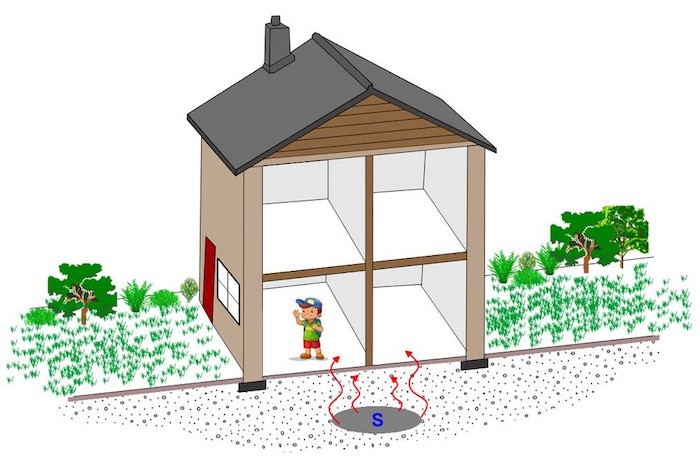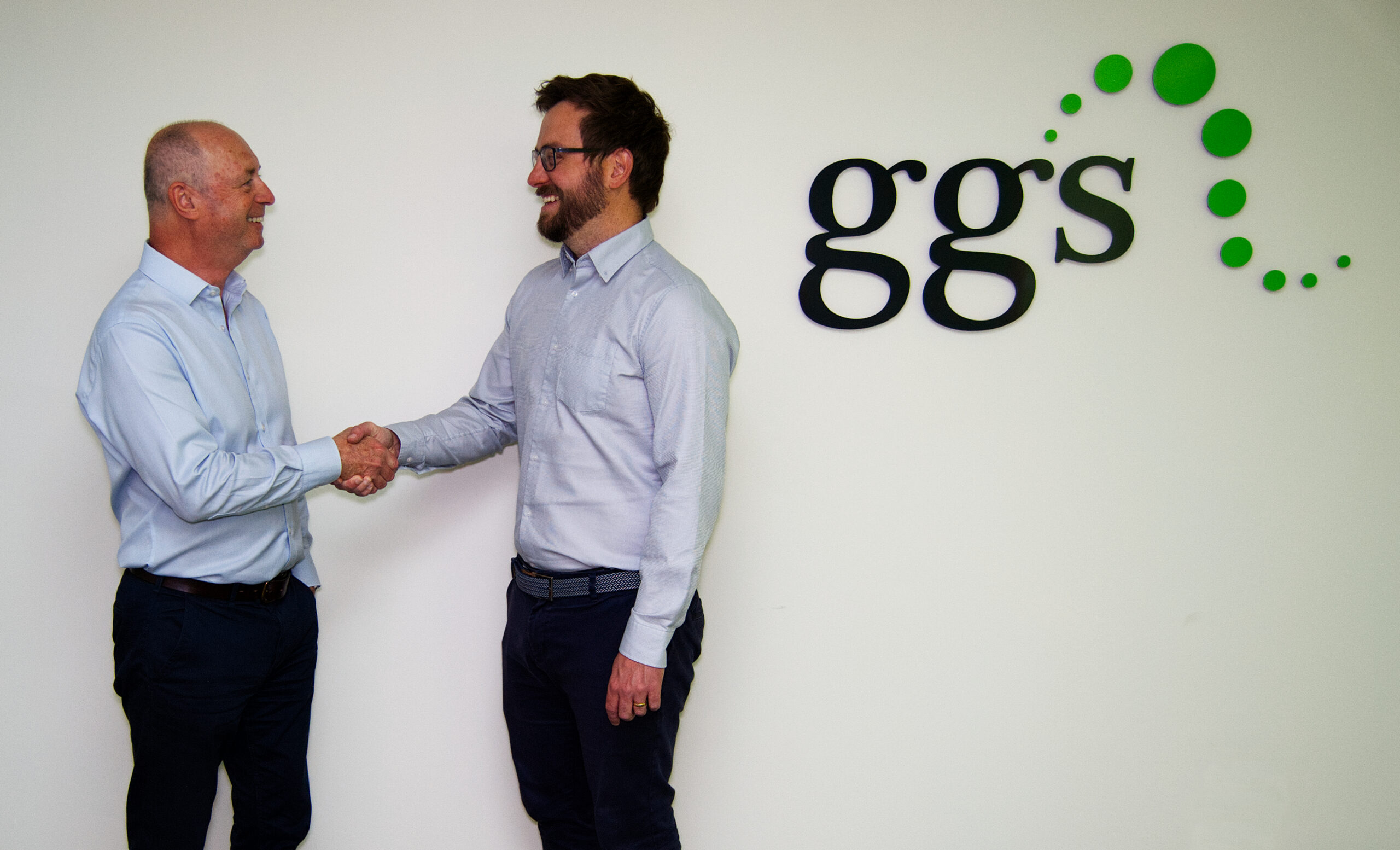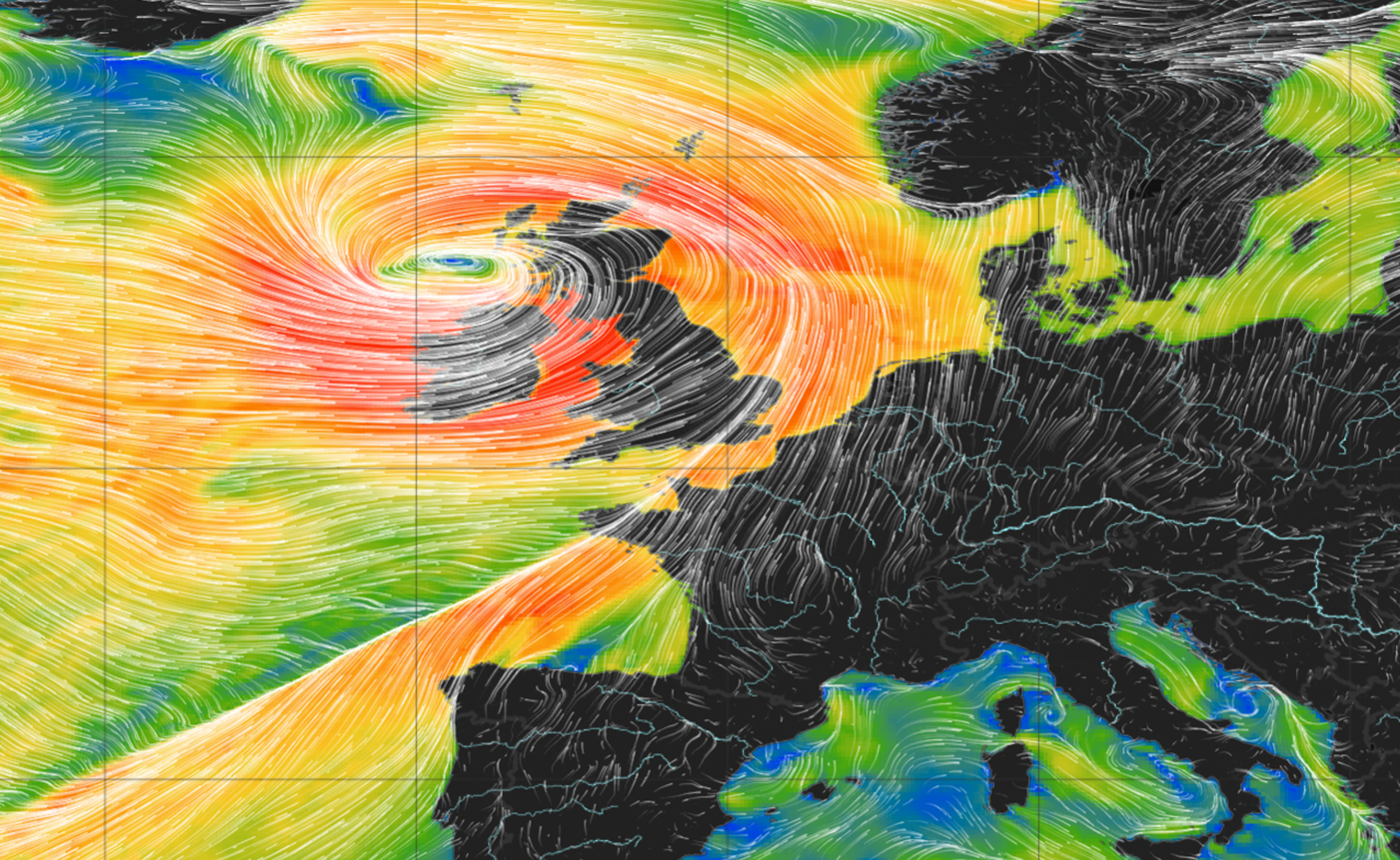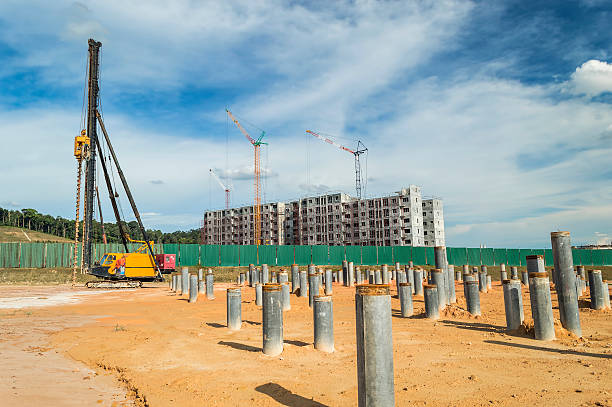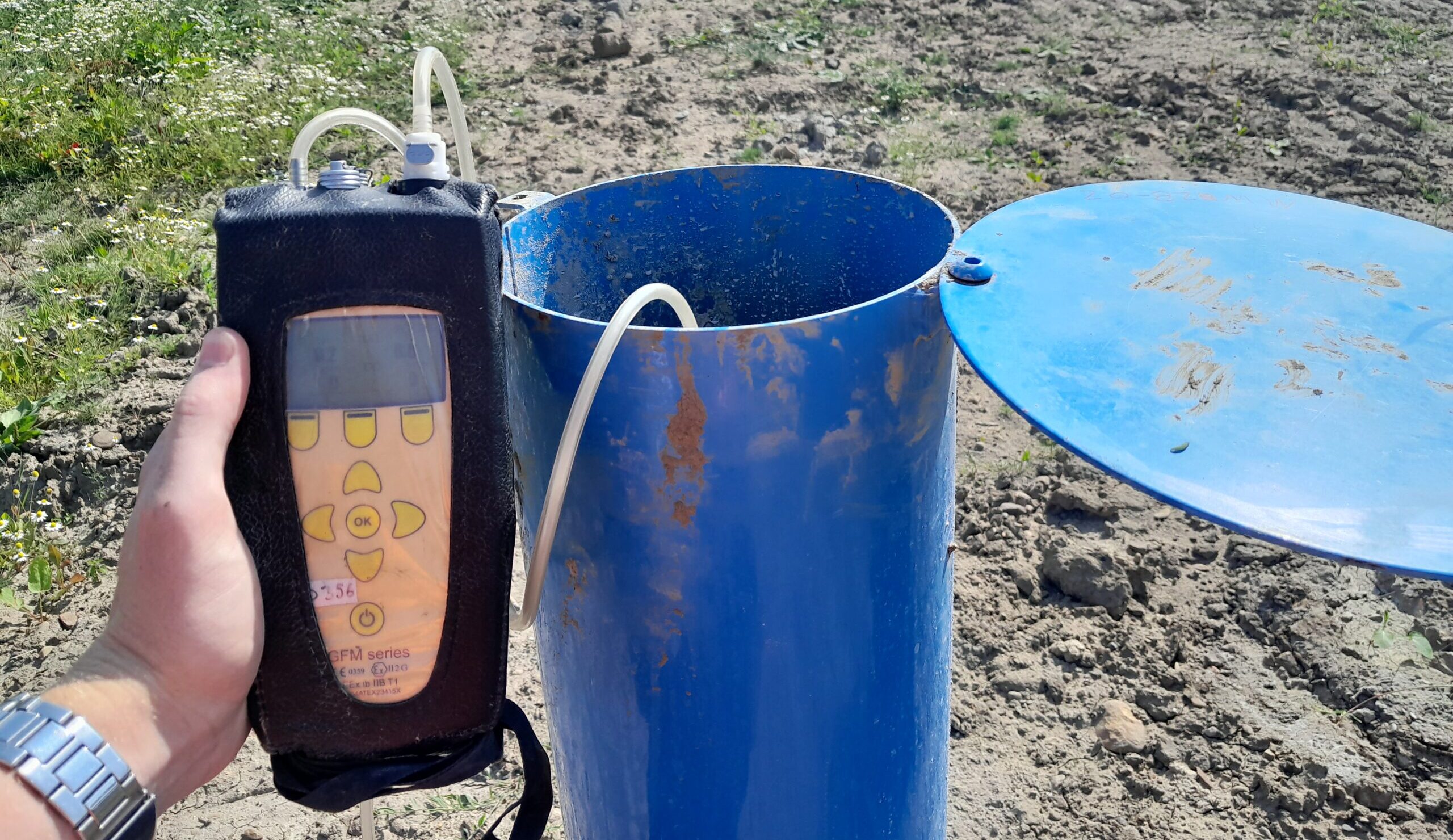What is continuous receptor monitoring?
The best way to explain continuous receptor monitoring is to break it down into its component parts. A receptor could be a person, such as a resident or office worker, or it could be a building or structure itself. Continuous monitoring is when we monitor gasses at around an hourly rate. Continuous receptor monitoring is therefore when we continuously monitor gasses where a receptor is located.
Why is it vital for developments?
If a development has been completed without a ground gas investigation, the receptor, be it a person or a building, could be at risk of exposure to hazardous ground gases. Depending on the type and quantity of ground gases, this may result in significant damage to structures and could even have life threatening consequences.
To understand the ground gas risk, continuous receptor monitoring can be carried out to identify a pollutant linkage and any pathways that might result in harm to the receptor. Once the risk is understood, the correct mitigating measures can be put in place. This is the best value and most efficient method of ensuring a development is safe for receptors.
How can GGS help?
GGS can deploy high-resolution instruments to monitor the space in a building. Our in-house state-of-the-art equipment can identify the presence of ground gas where it is most likely to enter a building, such as service entries or utility cupboards. In a short period of time, we can capture varying environmental conditions, such as falls in atmospheric pressure, in order to provide high quality data on ground gas ingress into the building. This will establish any pollutant linkages and if further actions need to be taken.
Get in touch
At GGS we know that each individual site and project has specific challenges. Our team of specialists have experience of working with sites of all sizes from high to low risk.
Why not speak to one of us today. We can help you solve your problems and complete your development successfully.
Specialist advice and guidance
Value for money
Highest quality data
Reduced monitoring period
High resolution monitoring instruments
The following pages include news articles, videos, guidance notes and white papers on a range of ground gas related topics which we hope you will find of interest. Please browse through but if you can’t find something on your particular issue of interest, we’d be very pleased to hear from you so we can put that right.


News
What is the GO AQS initiative?
At GGS we aim to be at the forefront of conversations when it comes to all areas of ground gas science, including the indoor air quality environment.
Recognizing that soil gases can and do contribute to internal air quality, we are pleased to be involved in the GO AQS initiative.
What exactly is this initiative and why are we championing it here at GGS? Find out more here.
Be among the first to get notified of our updates by email.

